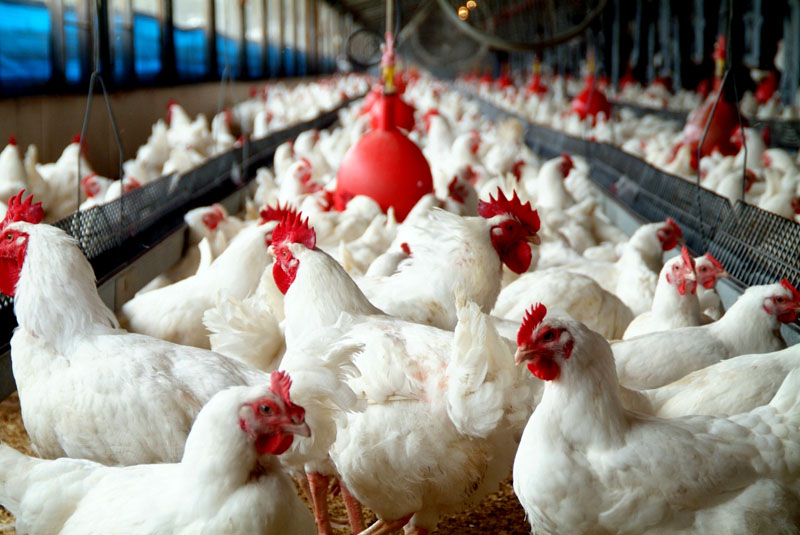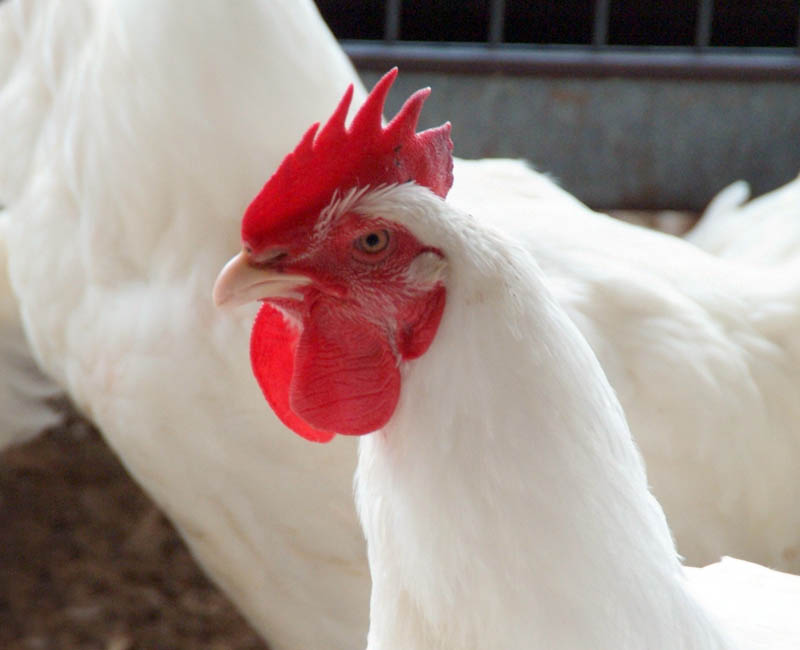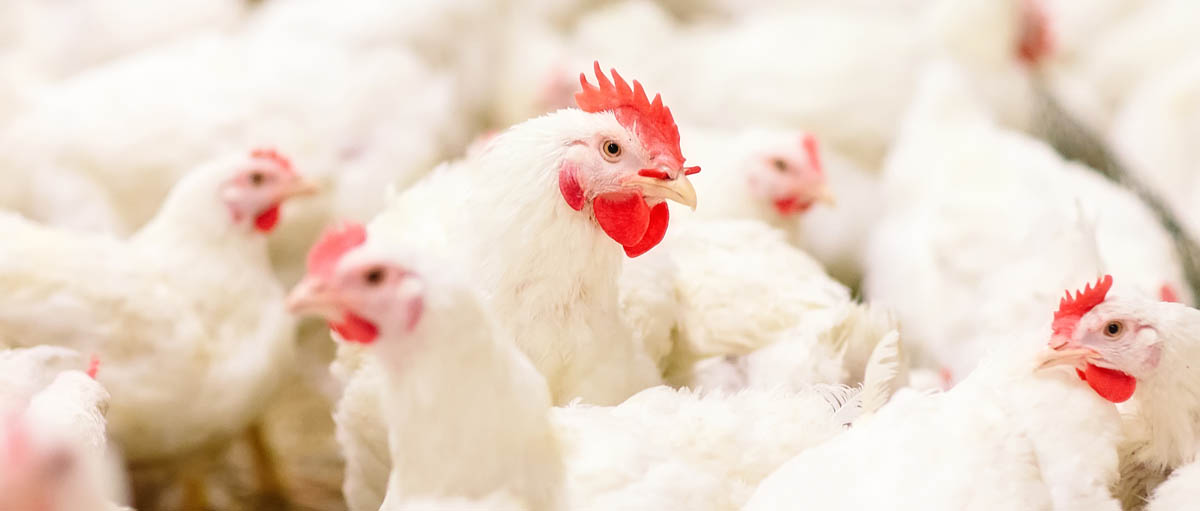- GVP $917 million est. Up 10% year-on-year.
- Labour availability and rising feed and other costs impacted production.
- Prices were up strongly, rising at the fastest pace since 2015.


Production
Price
With red meat prices actually falling during the year the price gap between chicken and beef narrowed by approximately 5%. However, chicken continues to enjoy a significant price advantage being approximately 4 times cheaper than beef. 178 24
Trade

Outlook
Stronger Primary Industries Strategy
Digital food safety tools
Strategic Outcome

- 3.1 Prepare for and reduce the occurrence of food safety risks

Online training for authorised officers under the NSW Food Act 2003 went live in December 2022. The new online course was a collaboration between the NSW Food Authority and Tocal College. The course targets all officers responsible for food safety activities under the Food Act 2003 ie local government (~490), DPI officers (~60) and Third-Party Auditors (~50). Topics such as Inspections and Audits, Investigations and Food Labelling are explored in detail.

New videos are available on the Food Authority's YouTube channel. Topics in the curated “For businesses” playlist include what to expect from audits and inspections, cleaning and sanitising, food allergen rules and general requirements for retail businesses. There are new videos for consumers on the golden rules of food safety and understanding food labels. Go to https://www.youtube.com/@NSWFoodAuthority


